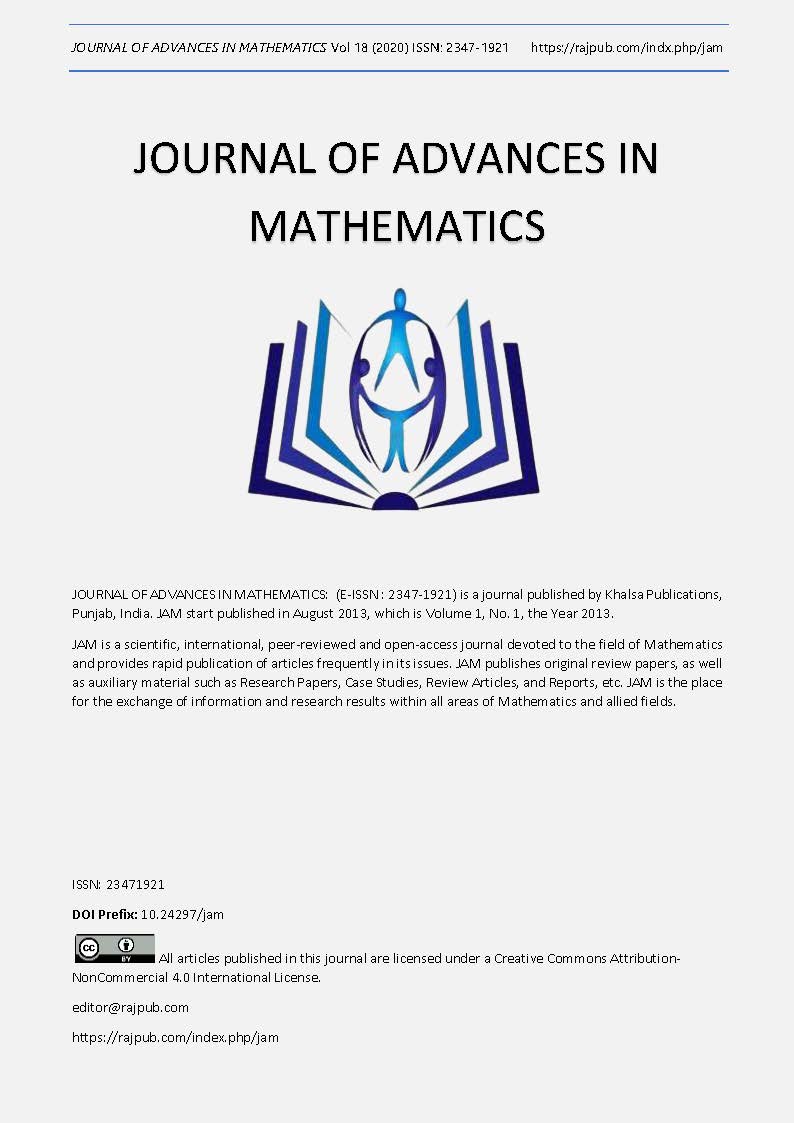An Application of Computational Fluid Dynamics to Optimize Municipal Sewage Networks; A Case of Tororo Municipality, Eastern Uganda.
DOI:
https://doi.org/10.24297/jam.v18i.8345Keywords:
Computational Fluid Dynamics (CFD), OpenFOAM, Optimal Design problem;, Municipal Sewer networkAbstract
Two-phase pipe flow is a common occurrence in many industrial applications such as sewage, water, oil, and gas transportation. Accurate prediction of liquid velocity, holdup and pressure drop is of vast importance to ensure effective design and operation of fluid transport systems. This paper aimed at the simulation of a two-phase flow of air and sewage (water) using an open source software OpenFOAM. Numerical Simulations have been performed using varying dimensions of pipes as well as their inclinations. Specifically, a Standard k- turbulence model and the Volume of Fluid (VOF) free water surface model is used to solve the turbulent mixture flow of air and sewage (water). A two dimensional, 0.5m diameter pipe of 20m length is used for the CFD approach based on the Navier-Stokes equations. Results showed that the flow pattern behaviour is influenced by the pipe diameters as well as their inclination. It is concluded that the most effective way to optimize a sewer network system for Tororo Municipality conditions and other similar situations, is by adjusting sewer diameters and slope gradients and expanding the number of sewer network connections of household and industries from 535 (i.e., 31.2% of total) to at least 1,200 (70% of total).
Downloads
References
Moeini, R., & Afshar, M. H. (2017). Arc Based Ant Colony Optimization Algorithm for optimal design of gravitational sewer networks. Ain Shams Engineering Journal, 8(2), 207–223. https://doi.org/10.1016/j.asej.2016.03.003
Han, P. D. (2012). Concise Environmental Engineering.
Choudhary, K., Jha, A.K., Mishra, L., Vandana, N. (2018). Buoyancy and Chemical Reaction Effects on MHD Free Convective Slip Flow of Newtonian and Polar Fluid Through Porous Medium in the presence of Thermal Radiation and Ohmic Heating with Dufour Effect, FACTA UNIVERSITATIS (NI v{S}) Ser. Math. Inform., Vol. 33, No. 1, pp. 1-29. DOI: 10.22190/FUMI1801001C
Rohani, M. and A. M. H. (2015). GA – GHCA model for the optimal design of pumped sewer networks, (February). https://doi.org/10.1139/cjce-2014-0187
Leandro, J., & Carvalho, R. F. De. (2013). Free-surface flow interface and air-entrainment modelling using OpenFOAM Supervisors.
Dufresne, M., Vazquez, J., Terfous, A., Ghenaim, A., & Poulet, J. B. (2009). Experimental investigation and CFD modelling of flow, sedimentation, and solids separation in a combined sewer detention tank. Computers and Fluids, 38(5), 1042–1049. https://doi.org/10.1016/j.compfluid.2008.01.011
Duque, N., Duque, D., & Saldarriaga, J. (2017). Dynamic Programming over a Graph Modeling Framework for the Optimal Design of Pipe Series in Sewer Systems. Procedia Engineering, 186, 61–68. https://doi.org/10.1016/j.proeng.2017.03.208.
Chen, Z., Han, S., Zhou, F. Y., & Wang, K. (2013). A CFD Modeling Approach for Municipal Sewer System Design Optimization to Minimize Emissions into Receiving Water Body. Water Resources Management, 27(7), 2053–2069. https://doi.org/10.1007/s11269-013-0272-9
Mugisha, S. (2004). Short-Term Initiatives to Improve Water Utility Performance in Uganda: The Case of the National Water and Sewerage Corporation, 97(September 2002), Pgs 1–8.
Fund, A. D. (2008). Uganda : Kampala Sanitation Programme Environmental and Social Impact Assessment summary ( ESIA ). Water and Sanitation, (July,2008).
National Water and Sewerage Corporation. (2010). Annual Report.
Ministry of Water. (2014). Water and Environment Sector Performance Report 2014. Water Development, (October).
Greenshields, C. J. (2017). OpenFOAM, (July).
Khatir, Z., Thompson, H., Kapur, N., Toropov, V., & Paton, J. (2012). Multi-objective Computational Fluid Dynamics (CFD) design optimisation in commercial bread-baking. Applied Thermal Engineering. https://doi.org/10.1016/j.applthermaleng.2012.08.011.
[15] Petit-Boix, A., Roigé, N., de la Fuente, A., Pujadas, P., Gabarrell, X., Rieradevall, J., & Josa, A. (2016). Integrated Structural Analysis and Life Cycle Assessment of Equivalent Trench-Pipe Systems for Sewerage. Water Resources Management, 30(3), 1117–1130. https://doi.org/10.1007/s11269-015-1214-5
Rohani, M., & Afshar, M. (2016). Optimal design of Sewer network using Cellular Automata, 1(October), 1–17. Retrieved from http://article.scirea.org/pdf/57001.pdf.
Park, S. M. (2014). Numerical Simulation of Core- Annular Flow in a Curved Pipe, 2625(2625), 70.
Alizadehdakhel, A., Rahimi, M., Sanjari, J., & Alsairafi, A. A. (2009). CFD and artificial neural network modeling of two-phase flow pressure drop. International Communications in Heat and Mass Transfer, 36(8), 850–856. https://doi.org/10.1016/j.icheatmasstransfer.2009.05.005
Mazumder, Q. H. (2012). CFD analysis of the effect of elbow radius on pressure drop in multiphase flow. Modelling and Simulation in Engineering, 2012. https://doi.org/10.1155/2012/125405
Afshar, M. H., Shahidi, M., Rohani, M., & Sargolzaei, M. (2011). Application of cellular automata to sewer network optimization problems. Scientia Iranica, 18(3 A), 304–312. https://doi.org/10.1016/j.scient.2011.05.037
Afshar, M. H., Zaheri, M. M., & Kim, J. H. (2016). Improving the efficiency of Cellular Automata for sewer network design optimization. Procedia Engineering, 154, 1439–1447. https://doi.org/10.1016/j.proeng.2016.07.517
Marley, C., & Systems, P. (2009). uPVC Sewer & Drainage Systems.
SappcoSa Dammam, F. (2009). Upvc pipes and fittings. Publication P.3, 01(5), 1–38.
Downloads
Published
How to Cite
Issue
Section
License
 All articles published in Journal of Advances in Linguistics are licensed under a Creative Commons Attribution 4.0 International License.
All articles published in Journal of Advances in Linguistics are licensed under a Creative Commons Attribution 4.0 International License.








